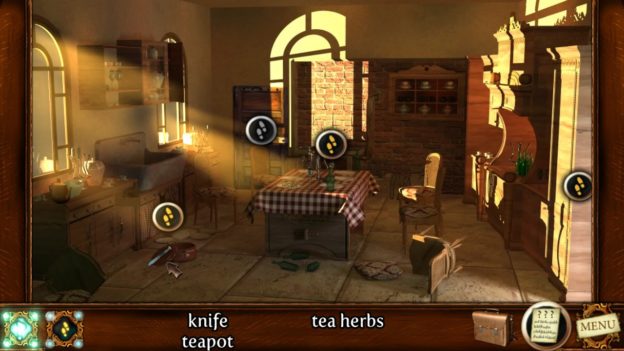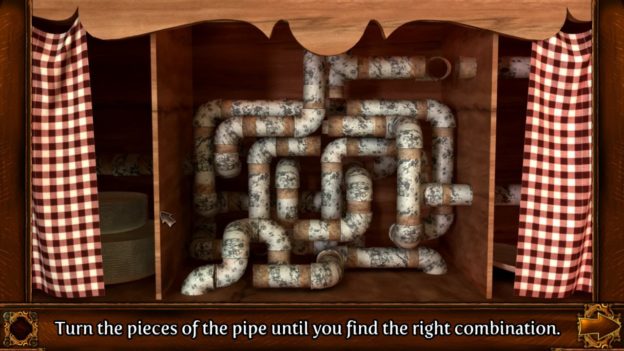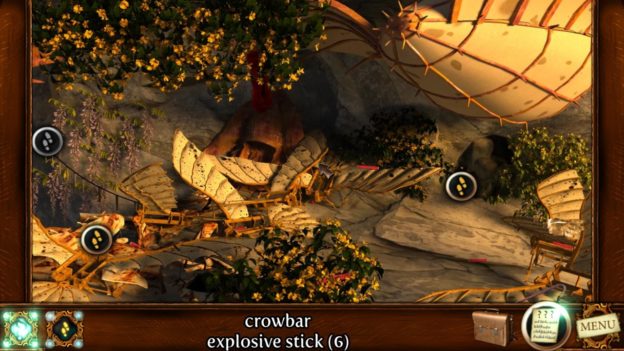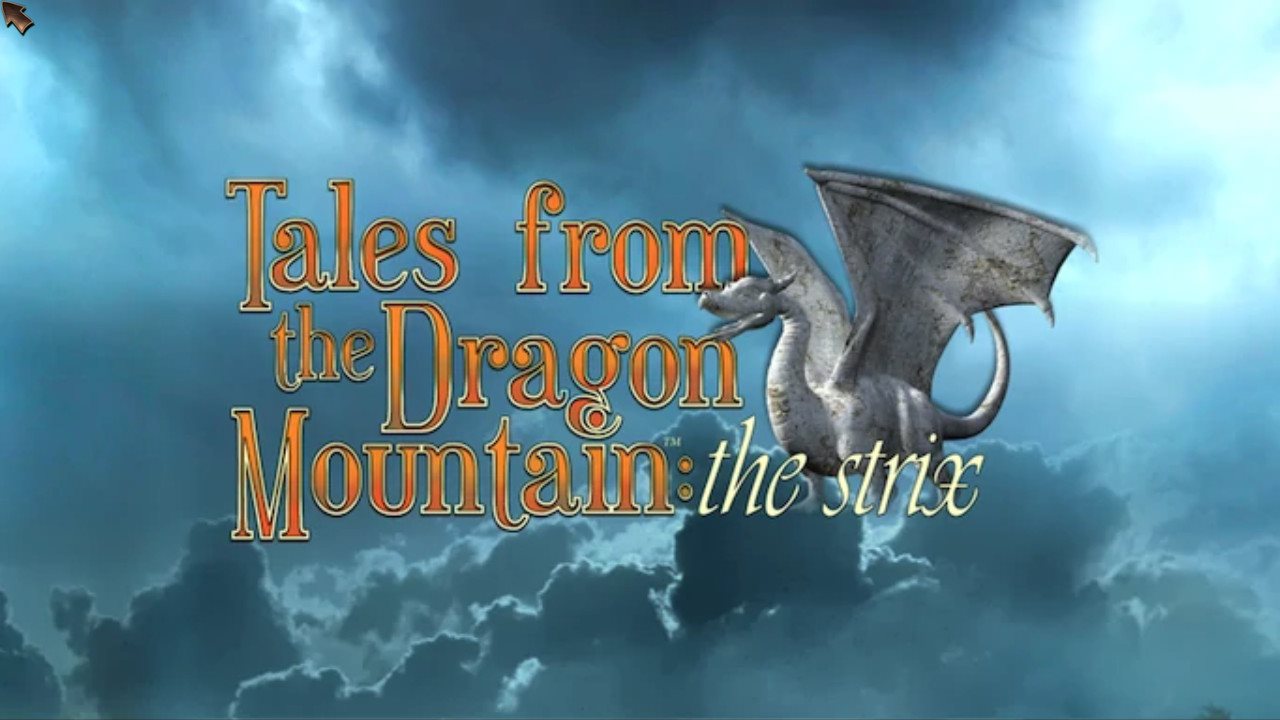Tales from the Dragon Mountain: The Strix is an adventure, puzzle game from Cateia Games. You play as Mina who heads back to her grandmother’s house in search of inner peace. However, she’s thrown into an unimaginable adventure with fantastical creatures and mysterious events. Does the game have the same effect for the player?

The game begins with a little background. Mina narrates her nightmares of losing her grandmother and her house burning down. All we know is there is a dark lord that grandmother used to talk about. So, when Mina goes back to the abandoned house, she’s thrown into mystery and puzzles.
Let me say right off the bat that the story did nothing for me. The voice-acting was subpar, there was little character development, and the overall story was barely explained. We know Strix is the dark lord everyone fears, but there’s no explanation of how Mina’s grandmother got involved in the first place or anything of the kind. With that said, the game was already pretty dull for me.
This game contains six quick chapters, each one seeming shorter than the last. Each chapter is a different scene. For example, the first chapter is your grandmother’s house. There are different rooms, or areas, you can go to. Yellow feet will appear if you can move somewhere or a question mark or hand will appear as your cursor if you can interact with something.

Each area contains a look-and-find puzzle. These objects, while they all served a purpose, seemed random. Keys would be hidden to unlock a door or a chest but sometimes you’d need to collect sticks or small pearls for a puzzle or to create another object to use to get to a different item. For example, collecting sticks and planks to create a ladder to get to a key.
This is totally fine, but the game was never consistent. There’s no direction whatsoever at the beginning, so you need to point and click random things until you figure out the puzzle in front of you. Sometimes you’d need to combine items in your inventory to create something else. Other times, the game would automatically do this for you. Sometimes you’d collect items for a puzzle, and then have to solve it yourself. Other times, you’d collect the items, and then upon placing them on the puzzle it would solve itself.
The look-and-find was extremely easy. So were the puzzles, but they were interesting, anyway. Some were sliding puzzles, others were pieces of paper you needed to fit back together like a jigsaw puzzle. Others were simply putting different colored gems in the correct spot. There was no rhyme or reason to this, either. If the gem lit up, you knew you had it in the right spot. So, there was little thinking involved.

Despite how the game is easy and quick, I have to note the controls. I mentioned earlier there’s no explanation at all in the game, and that includes the controls. The first screen you see is where you input your name (which means nothing, by the way; there are no game files, and your character’s name is Mina). I had a hard time figuring out how to input my name because the controls are not at all what you’re normally used to for a game.
The entirety of the game uses two buttons: the right analog stick to move your cursor around and ZR to click on things. I restarted the game three times thinking my game was broken before I figured it out.
Speaking of controls, they were pretty annoying throughout the game. I got used to it fairly quickly, but the hitboxes in the game were inconsistent. For example, you need to click on an item in your inventory and drag it onto the scene for it to interact with something. Some items needed to be clicked on precisely, while others didn’t. Sometimes an item would click, and as you drag your cursor away it would unclick itself and you’d have to go back to it again.

It was the same thing when moving from one area to the next. Sometimes clicking on the yellow feet allowed you to move forward, but other times you needed to click on the door next to the feet in order to move.
Overall, Tales from the Dragon Mountain: The Strix was just an okay game for me. The story had no significant meaning, and the gameplay was annoying at times. The puzzles kept me interested, even though some were too easy.
The game took me about 3-4 hours to complete. For the asking price of $9.99, it might be worth a buy if you enjoy look-and-find games. There was a lot of potential, but the game missed the mark.
Review: Tales from the Dragon Mountain: The Strix (Nintendo Switch)
Average
Tales from the Dragon Mountain: The Strix is an okay game with decent puzzles, look-and-find mechanics, and subpar controls. If you enjoy quick puzzlers, this may be worth a try.


